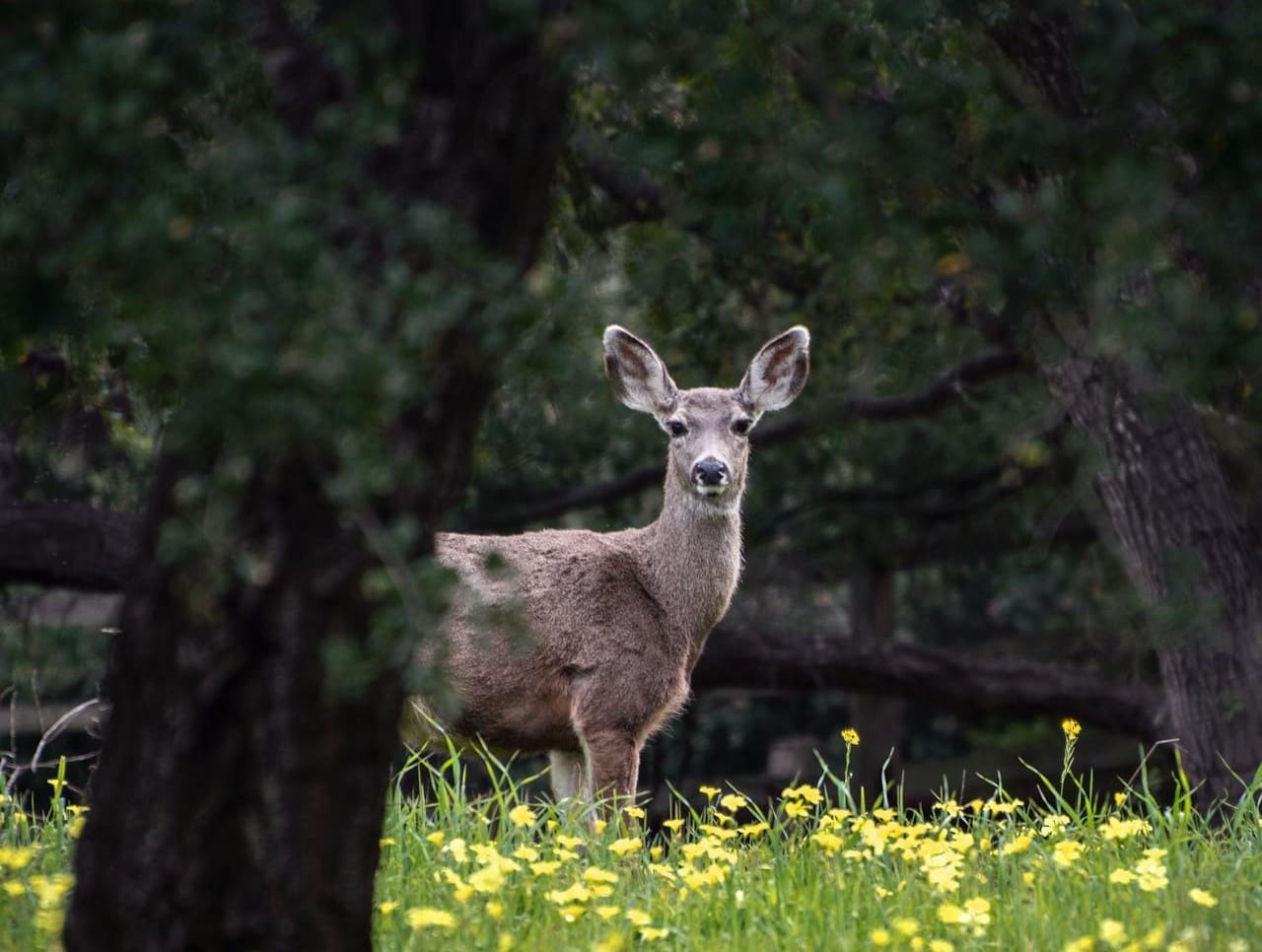
Deer Problems? Check Out These Deer Control Solutions for Protecting Your Spring Garden
Spring is a time of renewal, with gardens coming to life in a burst of color and fresh growth. Unfortunately, it is also a season when deer are most active, seeking out tender new plants for an easy meal. If you live in an area where deer are common, you may have experienced the frustration of waking up to find your carefully tended flowers and shrubs eaten overnight.
While many homeowners turn to repellents and deterrents, the most effective deer control solutions focus on landscape design and hardscape elements that create a natural barrier to browsing. By working with a professional landscaper, you can design a garden that is both beautiful and resistant to deer damage.
If you’re a homeowner in Bergen County, Essex County, or Morris County, Borst Landscape & Design can help you create a deer-proof oasis.
Contact us online or call us at (201) 785-9400 today.
Using Strategic Plant Selection to Deter Deer
One of the most effective ways to keep deer out of your garden is to select plants that are naturally unappealing to them. While no plant is entirely deer-proof, some varieties are far less likely to be eaten. A professional landscaper can design a planting plan that layers deer-resistant species to create a natural deterrent.
- Dense and fragrant plants: Deer dislike strong scents and thick, textured foliage. Incorporating plants such as boxwood, ornamental grasses, and lavender around the perimeter of your garden can help discourage them from entering.
- Fuzzy or spiky foliage: Plants with rough, hairy, or thorny leaves, such as lamb’s ear, barberry, and holly, are less appetizing to deer.
- Layered planting strategy: By placing the most deer-resistant plants around the outer edges of your garden, you can create a buffer zone that helps protect more vulnerable flowers and shrubs inside.
Your landscape professional can help select the best plant combinations based on your property’s layout and the specific deer pressure in your area.
Designing Hardscape Features to Keep Deer Out
Hardscape elements provide some of the most effective long-term solutions for deer control. Unlike sprays or deterrents that require constant reapplication, hardscaping creates a physical barrier that discourages deer from entering your yard.
Fencing and Entryways
A well-designed fence is the best way to protect your landscape from deer. However, it must be high enough and structured properly to be effective.
- Height matters: Deer can jump up to 8 feet, so a solid fence should be at least that tall. If a lower fence is preferred, a double-layered fence (one around the perimeter and another a few feet inside) can make it more difficult for deer to clear both obstacles.
- Solid barriers: Deer are less likely to jump if they can’t see what’s on the other side. A fence made of wood panels, stone, or hedging can create a visual deterrent.
- Gated entryways: If your property has a driveway or garden gate, make sure it aligns with your fencing system to avoid open pathways where deer can enter.
Your landscape can beautifully incorporate fencing that is both functional and aesthetically pleasing, blending seamlessly with your property’s design.
Raised Garden Beds and Retaining Walls
Elevating plants above a deer’s natural browsing height is another effective tactic. Raised beds and retaining walls add structure to your garden while making it more difficult for deer to reach your most prized plants.
- Terraced landscaping: Creating different levels in your garden can help disrupt the direct paths that deer prefer. Deer are less likely to navigate multiple elevation changes in search of food.
- Stone and masonry barriers: Low stone walls around garden beds can make it more difficult for deer to access your plants while adding an elegant touch to your landscape.
Decorative Hardscape Features
Adding pathways, patios, and water features can make your yard less inviting to deer while enhancing its beauty.
- Gravel paths and patios: Deer prefer soft ground, and they are less likely to walk across areas covered in gravel or stone. A landscaper can integrate hardscape elements that double as both design features and deterrents.
- Water features: A well-placed fountain or pond can interrupt a deer’s access to certain areas while also adding a tranquil atmosphere to your garden.
Creating Natural Barriers with Landscaping
In addition to strategic planting and hardscaping, your landscape can be designed to naturally discourage deer from entering.
- Dense shrub borders: A thick hedge or dense shrubs along the perimeter of your property can serve as a natural barrier, making it more difficult for deer to enter.
- Sloped plantings: Deer prefer flat, open areas where they can see predators coming. If your yard has a natural slope, a landscaper can design plantings that make the area feel enclosed and uninviting to deer.
- Pathway placement: A well-planned layout with winding garden paths can make deer feel uneasy, as they prefer a clear exit route.
You can create a property layout that discourages deer while maintaining the beauty and functionality of your garden.
Partner with a Professional for a Deer-Resistant Landscape
Deer control requires more than just deterrent sprays—it takes expert landscape planning and hardscape solutions to create a yard that is both inviting for you and unappealing to wildlife.
At Borst Landscape & Design, we specialize in custom landscaping solutions to help homeowners in Bergen County, NJ, and the surrounding areas protect their gardens from deer damage. Our team can design and install plantings, fences, retaining walls, and hardscape features that provide both beauty and protection.
Call us today at (201) 785-9400 or visit our contact page to schedule a consultation.
Let’s design a landscape with deer control solutions for protecting your spring garden and beyond.
Photo by Tim Mossholder
